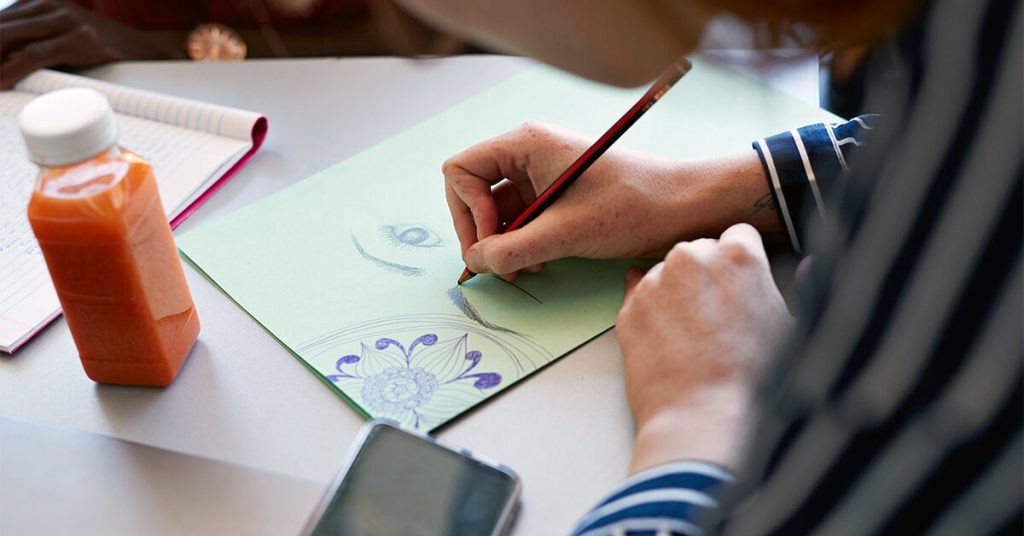Have you just started drawing? As a beginner, you are sure to make one or two mistakes, whether you may be drawing, portraits, illustrations, or landscapes.
The main reason behind learning how to draw is because art introduces the brain to different cognitive skills which help us untangle intricate issues. Undoubtedly, it triggers the imaginative section of our brain, letting it express itself non-verbally. Art stimulates the imaginative and innovative side through the creative processes, our brain’s intuitive and spatial parts. Moreover, in artistic terms, pupils give more attention to the shades using oil paint, watercolor, and acrylic paint.
But, there are some starter tips that you can keep in mind to get the best of your abilities as an artist.
Choosing the Pencil
Using a hard pencil is maybe one of the most significant mistakes you need to avoid when drawing. Avoid using a B, 2B, and 4B pencil. These pencils are too hard to draw. However, they come in handy when you need light shading.
Choosing the Paper
It would be best to have the right pencil for proper drawing and top-quality paper. Your sketch can turn out to be pale if you don’t select the right paper. Therefore use quality drawing paper for the result to come out brilliantly.
Tips for Portrait Drawing
If you are drawing portraits, you want to ensure that you are not using reference pictures taken through flash photography. Flash photography flattens all the features. As a result, there is little much for the artist to work with. Turn the person slightly sideways. That will give you a better notion of appearance, skin tone, and characteristics.
Head proportions are something that you must be careful of if you need your drawing to turn out perfect. Due to the way we target an individual, we tend to draw too large features and squish the remainder of the head.
Rest Your Hands properly
Avoid resting your hands and arms on your drawing or in the space you are about to draw. You can smudge your drawing and can damage it with your hands. It doesn’t make a difference if your hands are clean, as sweat and moisture can make some parts of the paper you are working hard for erasures later.
Black Color
Artists avoid using black color and prefer to stay in the tones of grey while sketching. It would help if you evaded this and used black paint to add depth to a drawing. You can also make use of black in selected areas. This way, you can also create a new look for your drawing. Use black for dark or sensitive subjects like incapacity.
Drawing Surface
Also, before you begin drawing, check out the working surface. Using a notepad as a base, you could apply more pressure on the sheet while drawing.
You might also use a flat board to keep it under the sheets, thus having an even surface. Bristol boards that are hot-pressed can be used.
The whole drawing process is a continuing phenomenon, so you keep learning from your mistakes.





More Stories
Coping with Disbelief in the Face of Loss
Watch 4K films or HD and TV series on YouTube
10 tips for writing a law paper in school